The new name is a mouthful, we know, but Joburg's planetarium has not been rebranded as the Wits Anglo American Digital Dome for naught. At a cost of R90 million, the major infrastructural and technological upgrades began in 2022, significantly broadening the scope of this local institution for both public engagement and academic research. While much has changed, it's still the best place to stargaze in the city.
First public shows since 2022
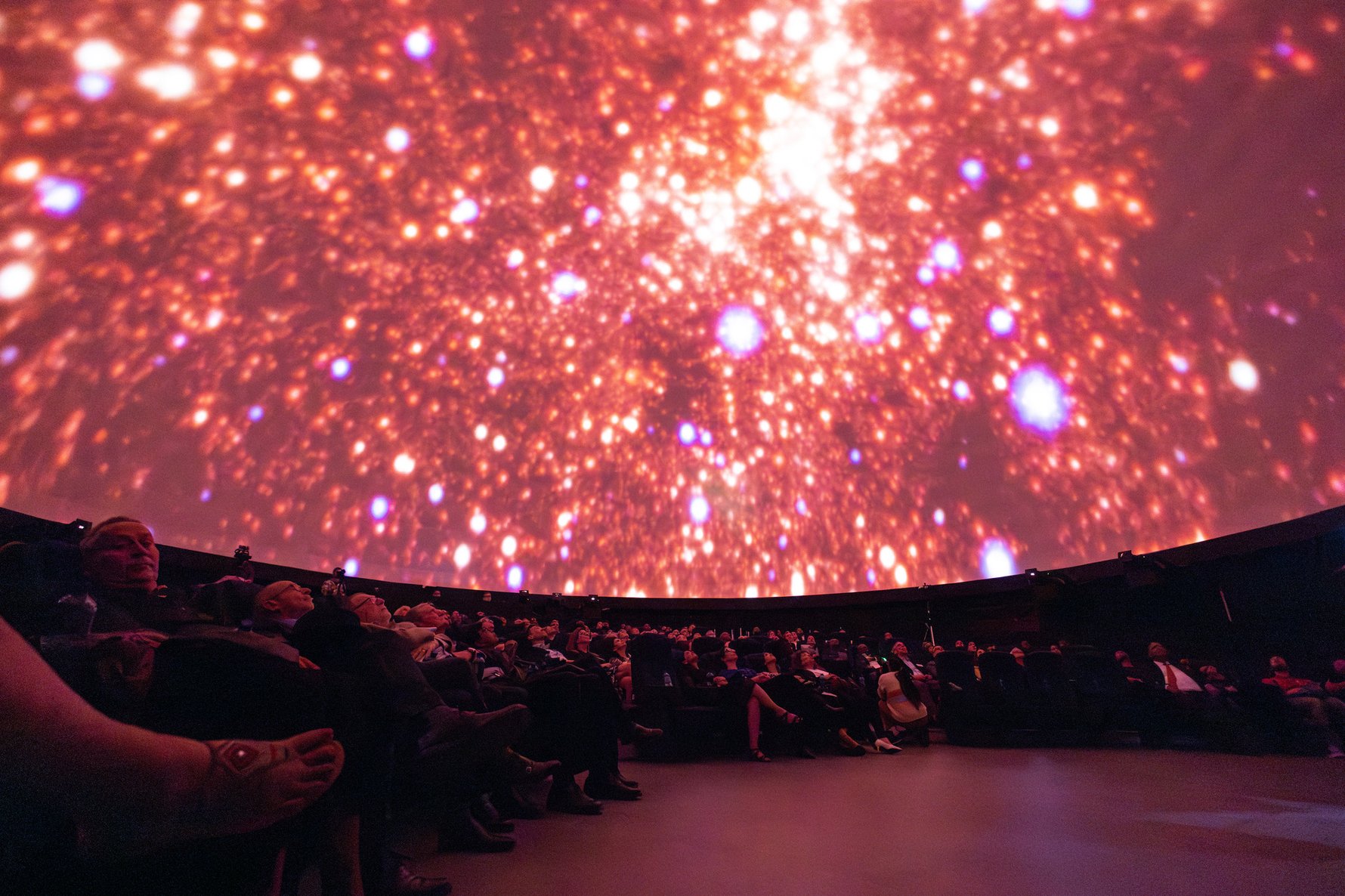
The excitement at the first public screening at the Digital Dome on Sat, Feb 1, 2025, was palpable. For a precious institution like this to be closed for three years matters – no less because it's the only one of its kind in Joburg, and one of just a few in Africa – so the reopening couldn't help but be momentous. Film crews were there to mark the occasion.
For half an hour, we toured around the night sky; starting in light-polluted Joburg, where only a few constellations are visible, and moving further out into a moonless countryside. The difference is staggering and really drives home what we've lost and simply learnt to live with. To quote an article by Bradley Davis: "Stop, Friends, Let Us Weep." Saddening as it is from this perspective, it's equally awe-inspiring to be able to explore what's out there across both time and space: one minute we're picturing the constellation of Orion, poised for the hunt, the next we're caught in the orbit of Saturn's icy rings.
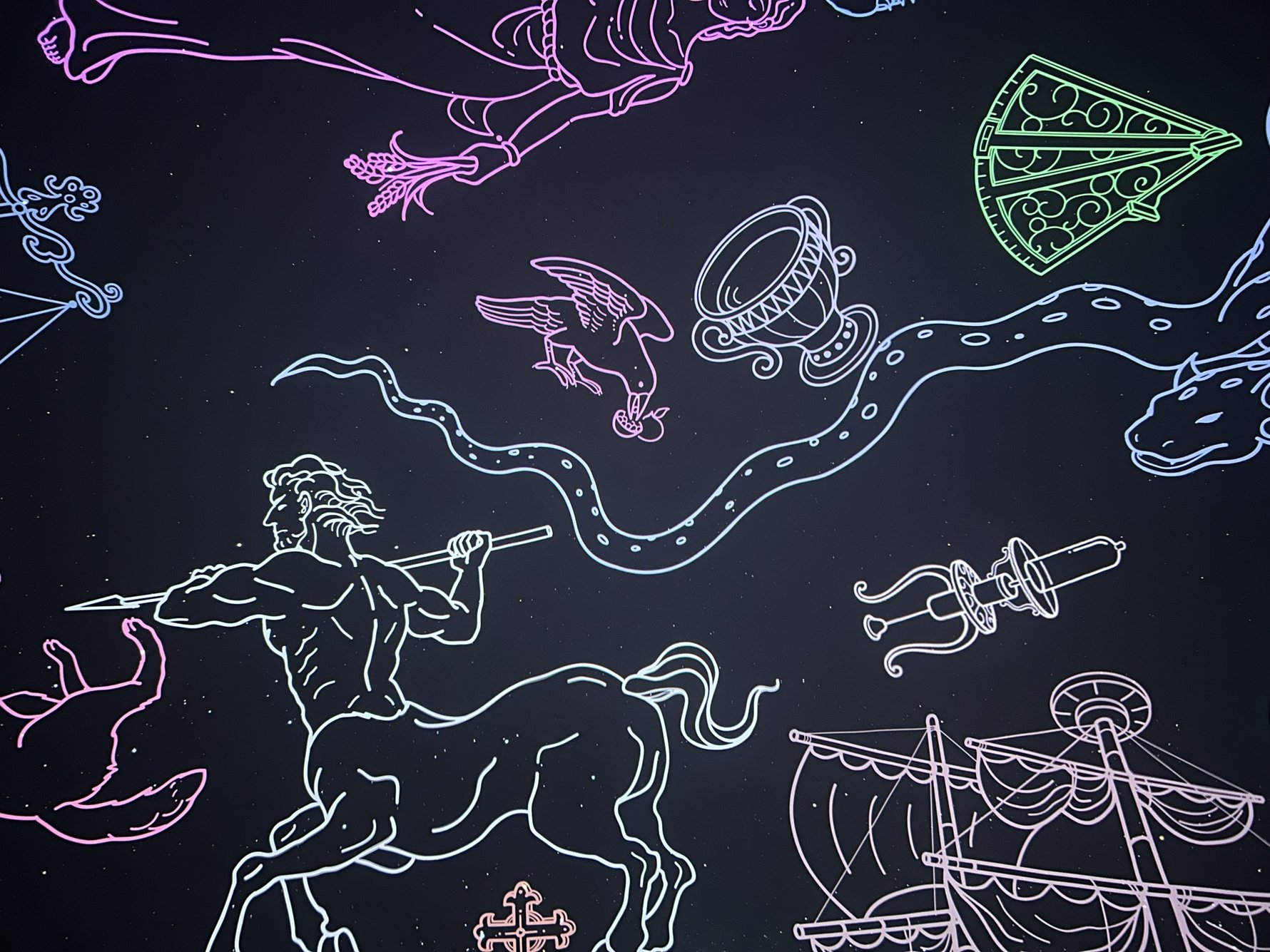
The remainder of the hour-long slot was spent watching one of the two films on rotation until the end of March 2025; in this case, Cosmic Collisions narrated by Robert Redford. This pre-recorded rather than live experience showed off the impressive functionality of the Digital Dome beyond space-faring in a simulated night sky, but as a totally immersive auditorium. The institution currently possesses the licence to 40 shows for kids and adults, six of which are from the American Museum of Natural History.
History of the planetarium
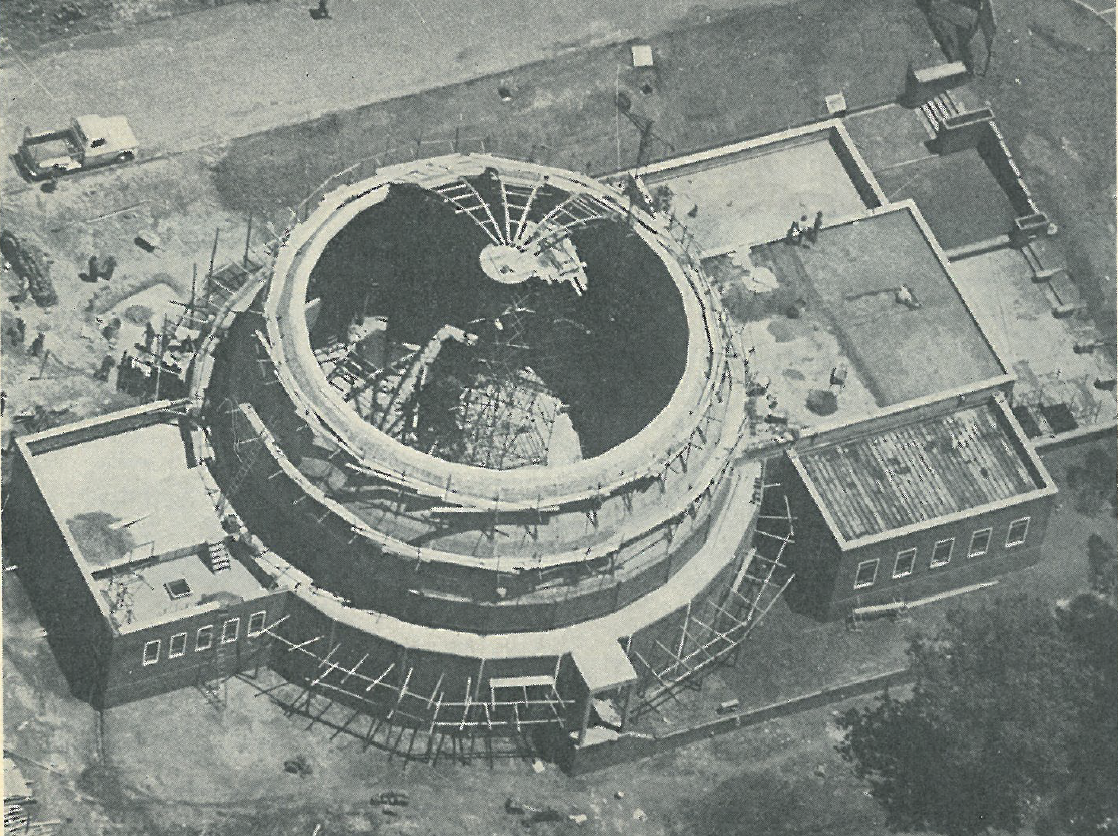
In 1956, on the 70th anniversary of the founding of Johannesburg, the city's festival committee decided it would be fitting to mark the occasion by raising funds to buy and house a planetarium projector. An existing projector obtained from the City Council of Hamburg was dismantled and taken to the Zeiss factory in Oberkochen for modernisation. The result was the Zeiss MkIII Projector, which was finally retired in 2022.
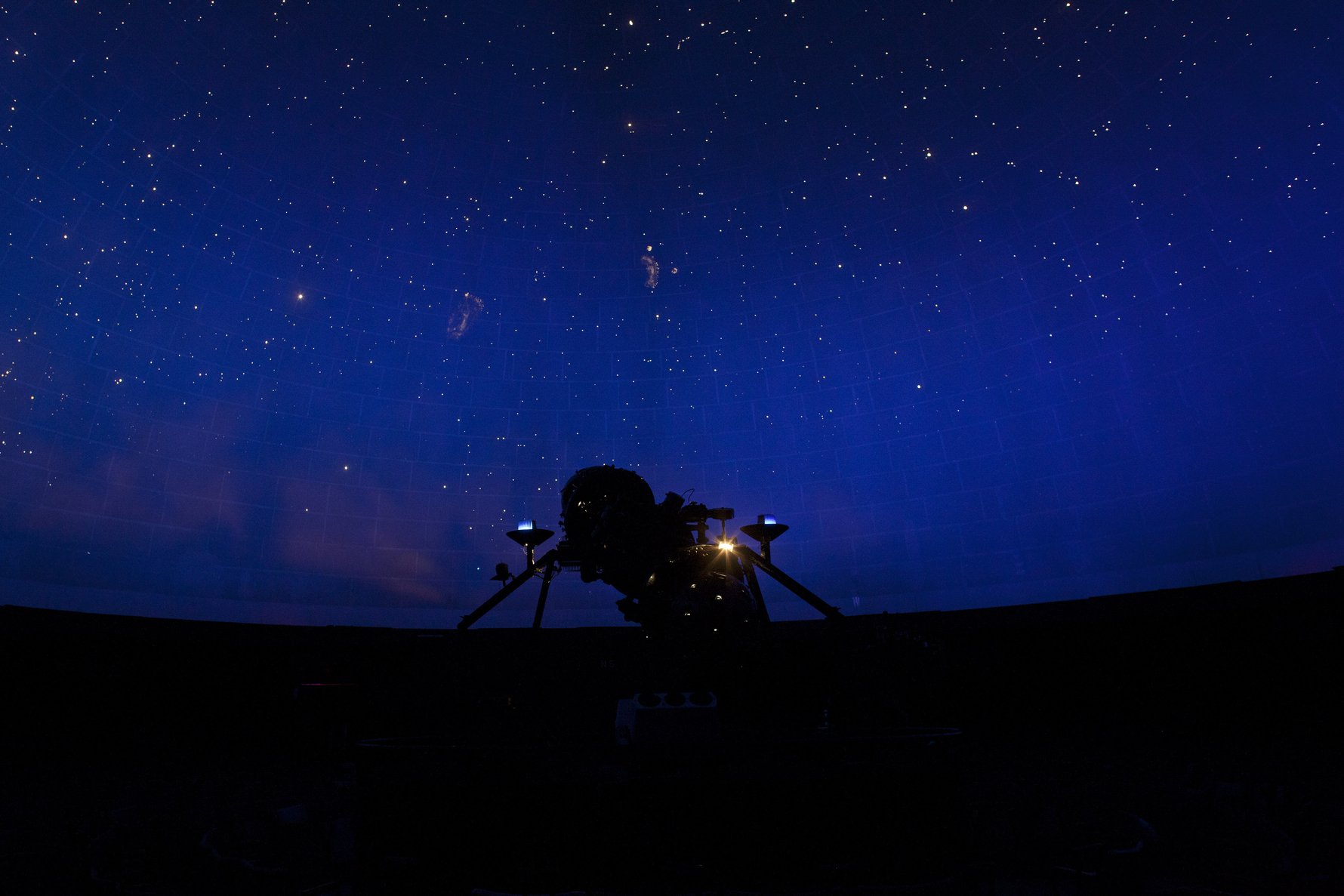
The original building was designed by architects R. Spencer Parker, Anthony W. Parker, and Eyvind Niels Finsen, alongside structural engineer C. A. Rigby. It was an impressive achievement for several reasons, foremost among those being the sheer size of the dome – the building's crowning glory.
Over time, the planetarium has awed and educated thousands. In 1969, it was the first venue in South Africa to screen footage of the Apollo 11 moon landing. Computer-aided shows were implemented in 1985, while laser shows were introduced five years later and, in 2000, it saw us through the Millennium celebrations.
A heritage landmark for the 21st century
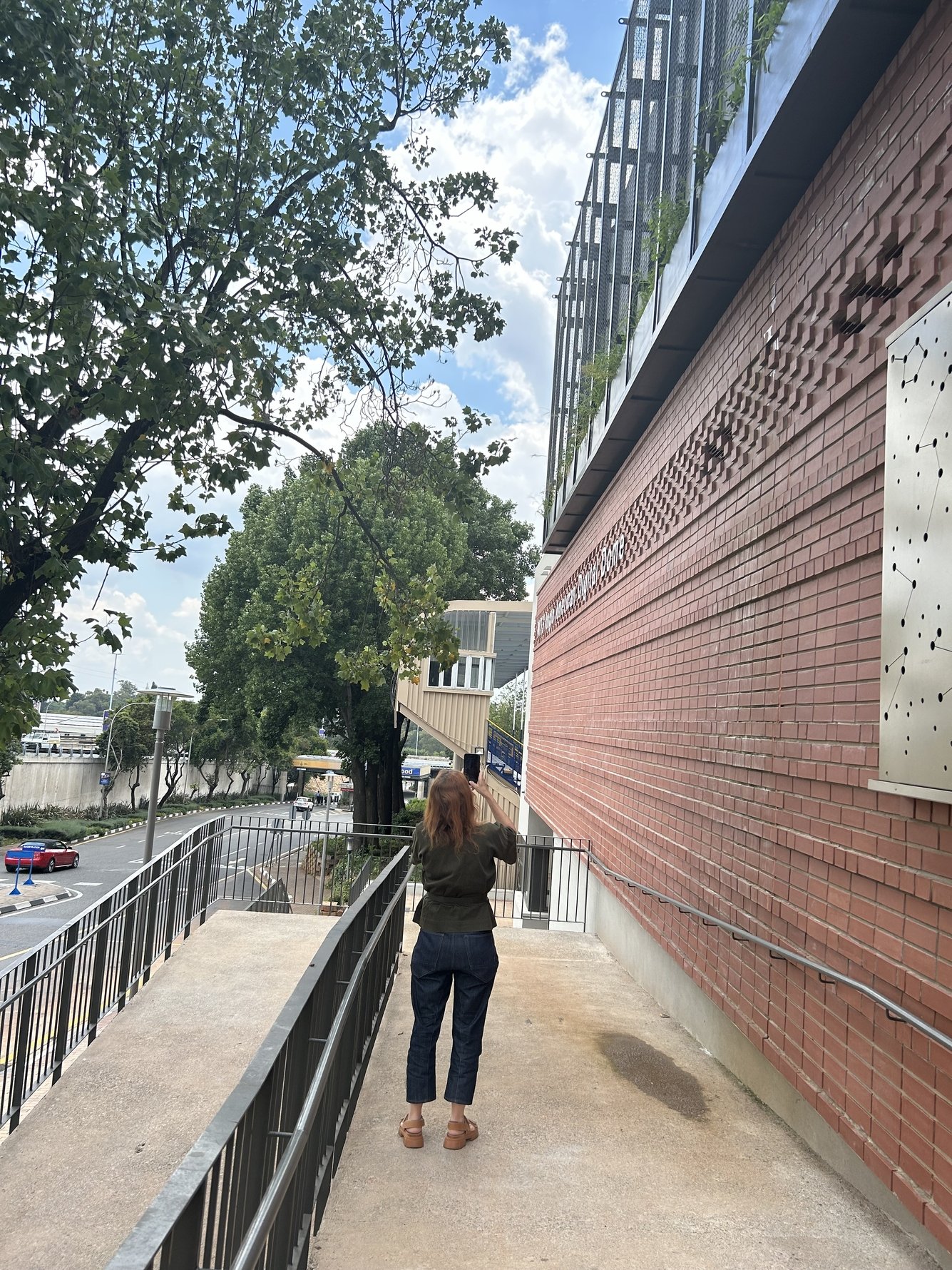
It was a few weeks before the public reopening that we initially visited the upgraded facilities on Thu, Jan 23, 2025. Dr Moumita Aich, astrophysicist and Head of the Digital Dome, was our guide. Aich is one of two full-time staff members who work from the new offices in the north wing on the ground floor, the other being Digital Dome supervisor (and long-standing planetarium supervisor before that) Constant Volschenk. He captained our explorations on this day, and is also in the 'driving seat' on many of the public show days – narrating your brief and beautiful trip in the projected cosmos.
"It's such an exciting project," says Aich. "I wouldn't give this up for anything." Indeed, Joburg's planetarium occupies an important space in the collective imagination of the city, and so many of us have fond childhood memories of our first visit there.
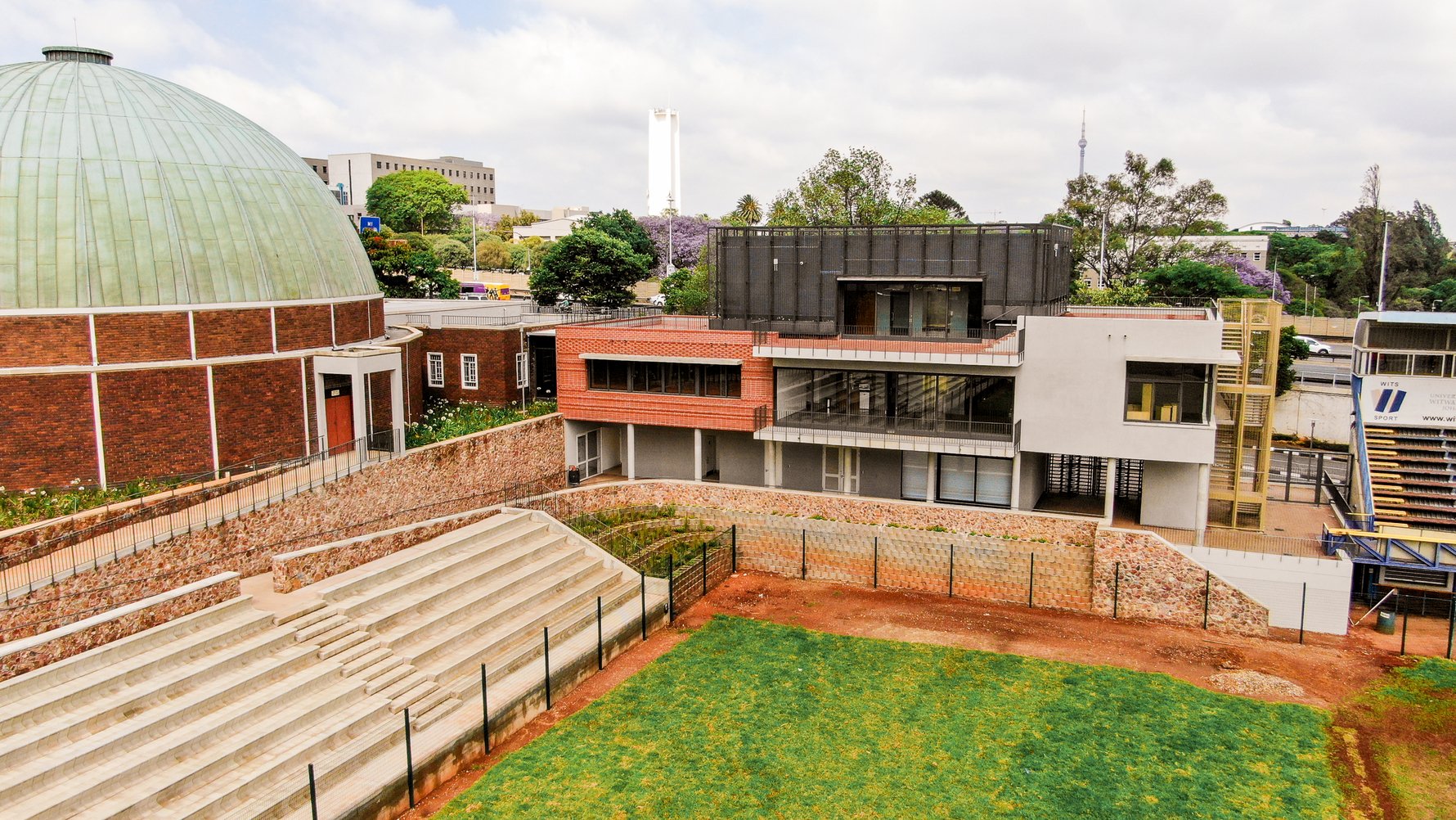
A thoughtful reimagining of the building, led by Kate Otten Architects, respects the building's heritage but has made the space more multiuse than it was before, with room for expansion. In addition to the offices, a seminar room and kitchenettes create opportunities for both commercial and private events – bringing in new revenue streams to sustain the facility beyond what it generates from school tours and public shows.
The upstairs balcony overlooks green sports fields in front of the Bozzoli Sports Pavilion on Wits' East Campus and out to the city beyond. We imagine it's quite a sight to behold at night, when the lights of buildings stand in for the innumerable stars hiding in plain sight in the heavens above. (We're hedging our bets that it won't be long until a pair of starry-eyed lovers tie the knot here – as a venue, it hits the nostalgia and whimsy notes, and the iconic green dome is photo-op ready.)
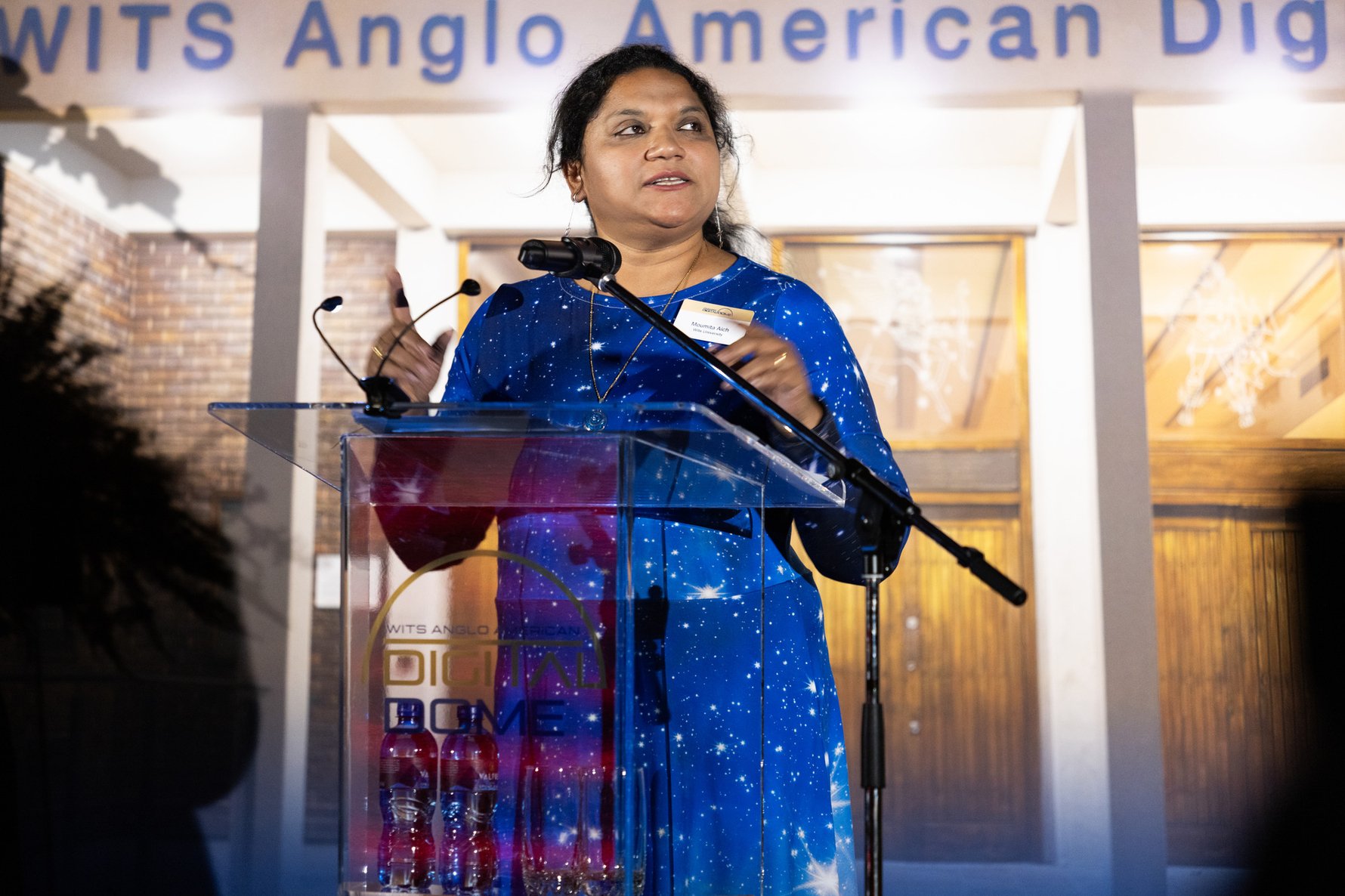
The renovations are retro-looking, which is in keeping with the building's architecture and design, while original details have been preserved where possible – the panel of white marble in the foyer, for instance, which you'll spot above the entrance to the auditorium space.
Where previously the seating in the planetarium was arranged concentrically and could accommodate more than 400 people, the new configuration trades volume for viewing experience. The dome now seats up to 200. Reclining seats have been installed, and the flexibility of the setup lends itself more generously to different types of presentations.
Planetarium to Digital Dome: A new identity
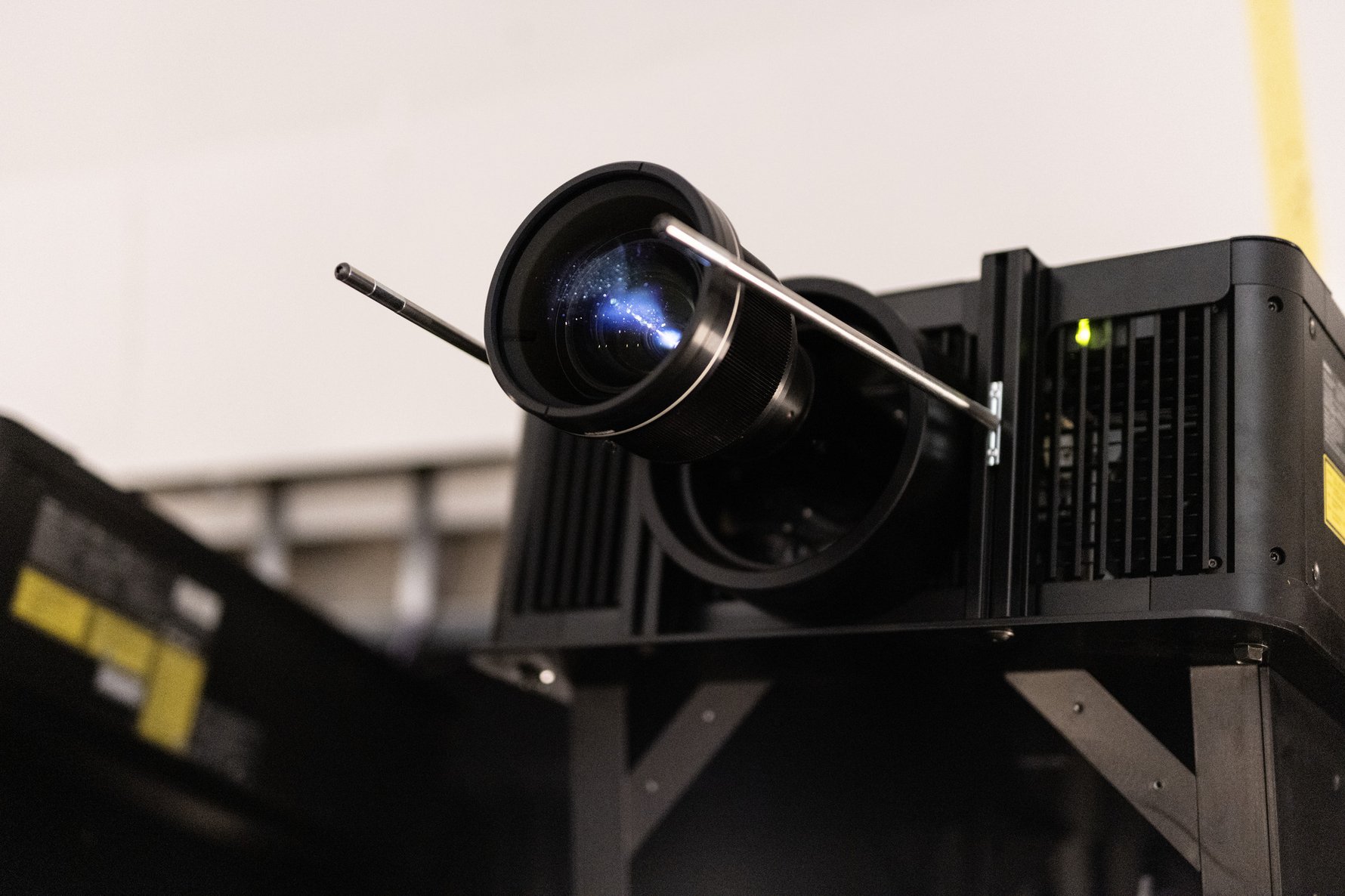
Tech-wise, the analogue Zeiss projector from the 1960s has been replaced with state-of-the-art digital counterparts delivering 360-degree, 8k imagery. The installation posed challenges as the planetarium was specifically built to house the old projector, so the new collection of 10 Sony VPL-GTZ380 digital projectors had to be retrofit. Yet this modernised setup is crucial for the facility's evolving mission to foster research and further education across various fields. The name change reflects this broader vision. Moumita says, "We want to do something more than just astronomy shows." This will, of course, remain a focus alongside programming that draws more broadly on the worlds of science, culture, and beyond. (As for the beloved projector that saw the planetarium through so many years of existence, we hear it will be installed in the foyer.)
Where does the data come from?
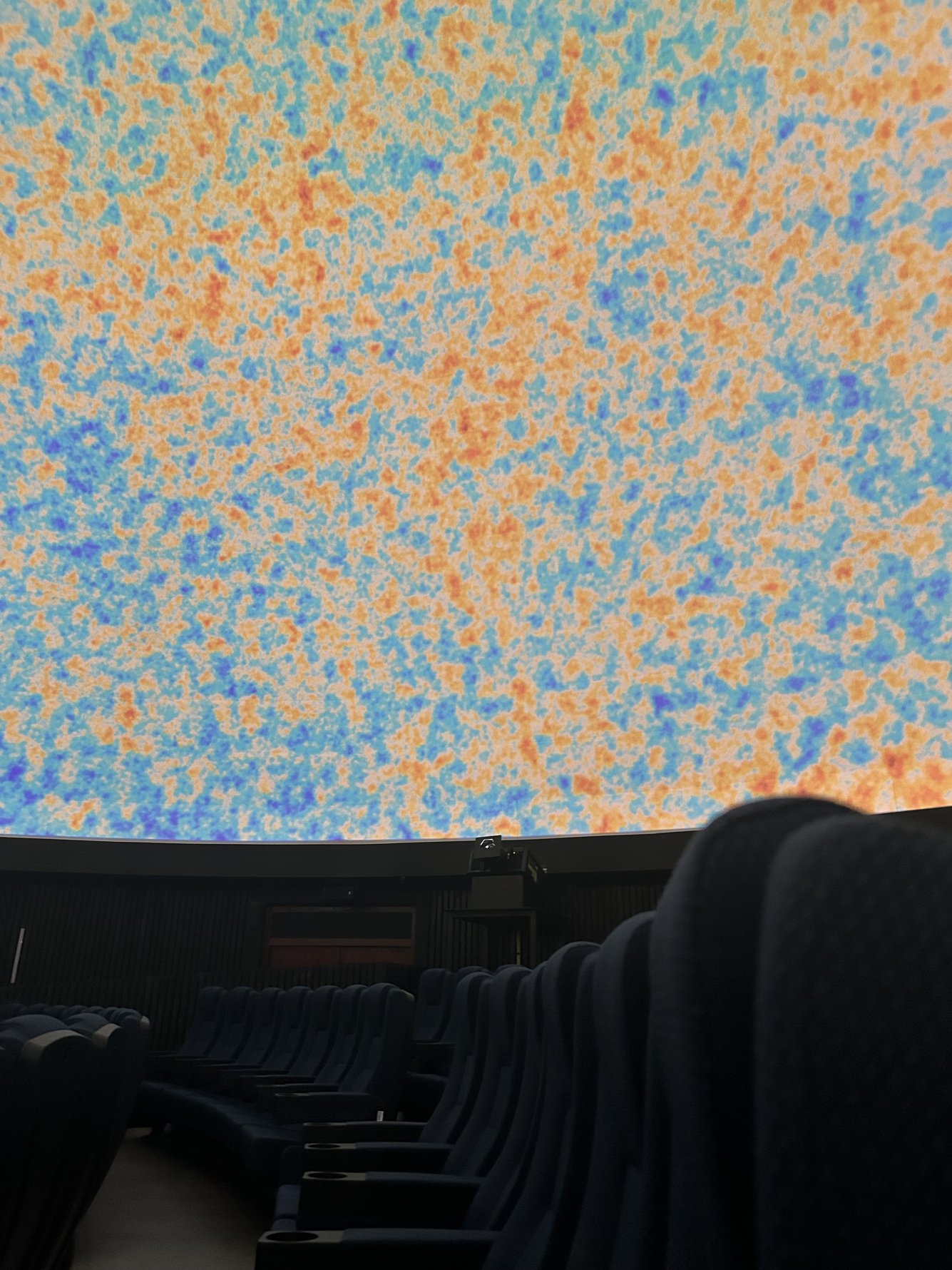
Phase three: A local content production wing
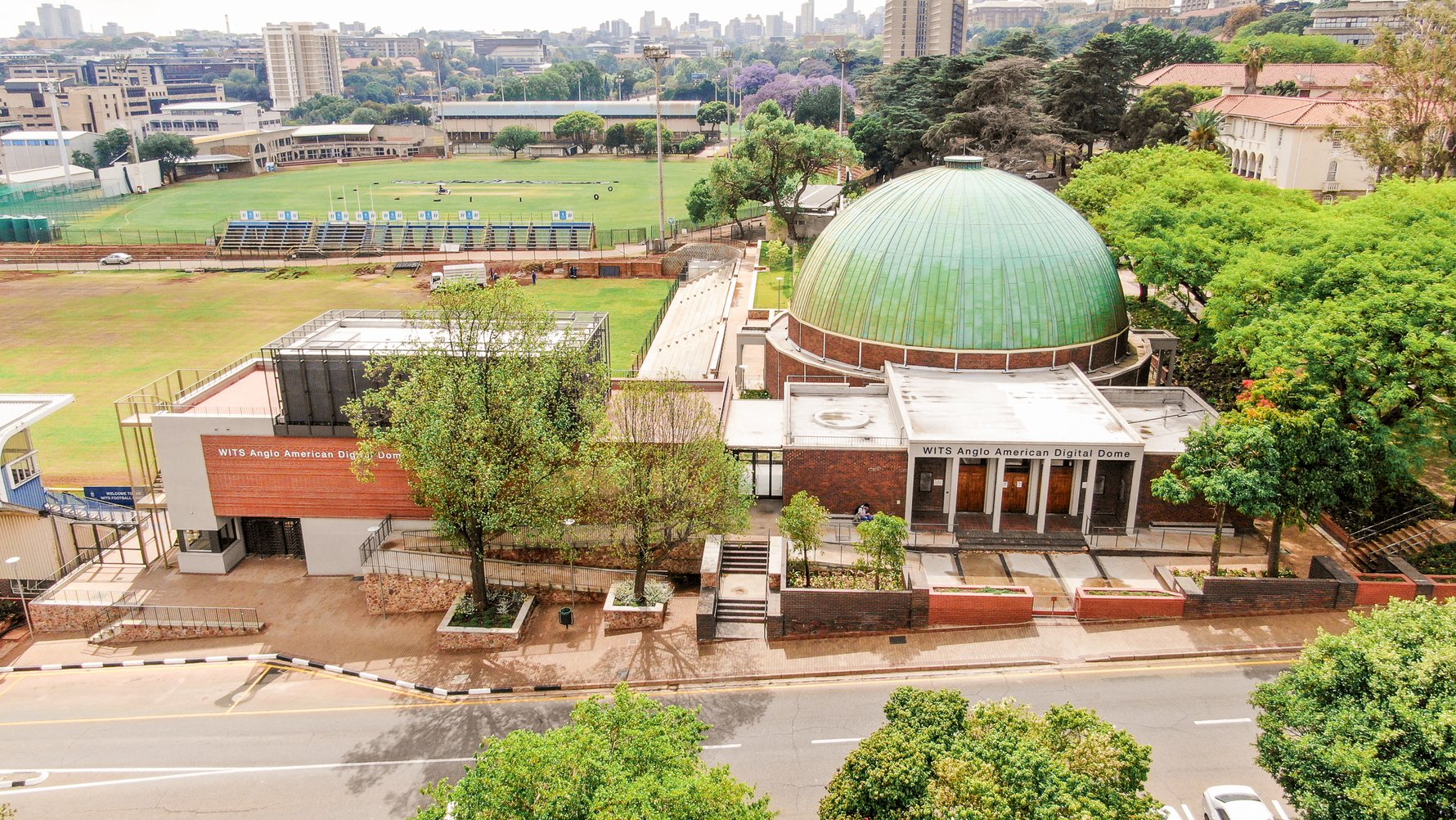
While admiring the copper-glad green roof of the dome from the balcony, Moumita pointed to a building beyond – currently a storeroom for sports equipment – where phase three of the upgrade will roll out. Here, the development of an in-house content creation team is part of the long-term strategy to expand the range of shows available, drawing on the Wits faculty and student body.
Digital arts students at the university have already created a five-minute show for the dome, but projects like this come at a steep price – costing up to R100,000 per minute. Immense processing power is required, and rendering is slow business: every frame takes about half an hour to render, which racks up if you consider that you're typically running between 30 and 60 frames per second. Even with many people working on different 'clusters', the short student-made video took about three months to produce.
Still, it would be a boon to have a multimedia content production team on site, able to produce shows for public enjoyment and take on special commissions. Future plans include making more South African content, as most of what we see comes to us from the northern hemisphere. This expansion would set the facility up to offer more sophisticated and locally relevant shows, and it sets the stage for collaborations with external institutions and organisations. Funding is still being secured for phase three, but this is definitely a space to watch.
Inspiring young minds
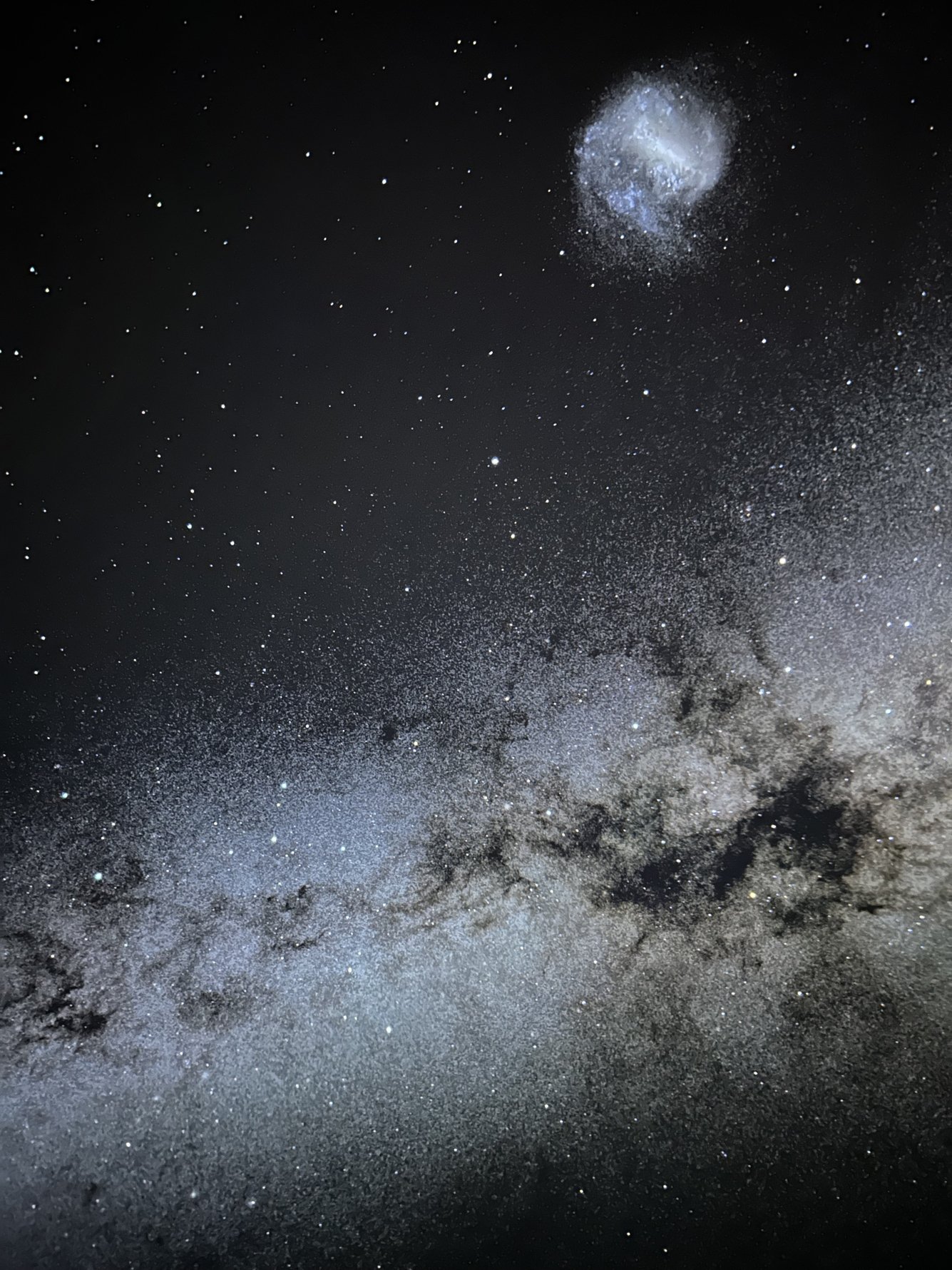
The weekly schedule at the Digital Dome is dedicated to school programmes, and shows are tailored to different age groups, with younger children learning about the solar system, for instance, and older pupils delving into more complex topics like space exploration and cosmology. Schools benefit from subsidised pricing (R30 per pupil), ensuring that these educational experiences remain accessible.
Stargazing in South Africa and beyond
The Iziko Planetarium and Digital Dome is Cape Town's answer to the Wits Anglo American Digital Dome in Joburg, and there's also the privately owned Sutherland Planetarium, run by the South African Astronomical Observatory. This Karoo town is famous for its stargazing and is home to the South African Large Telescope (SALT) – the biggest single optical telescope in the southern hemisphere. Neighbouring Namibia has an inflatable facility in the Africa Millimetre Telescope (AMT) Mobile Planetarium. For telescope viewings closer to home, the Astronomical Society of Southern Africa's Johannesburg Centre (18a Gill Street, Observatory) hosts monthly meetings.Planning your visit to the Digital Dome
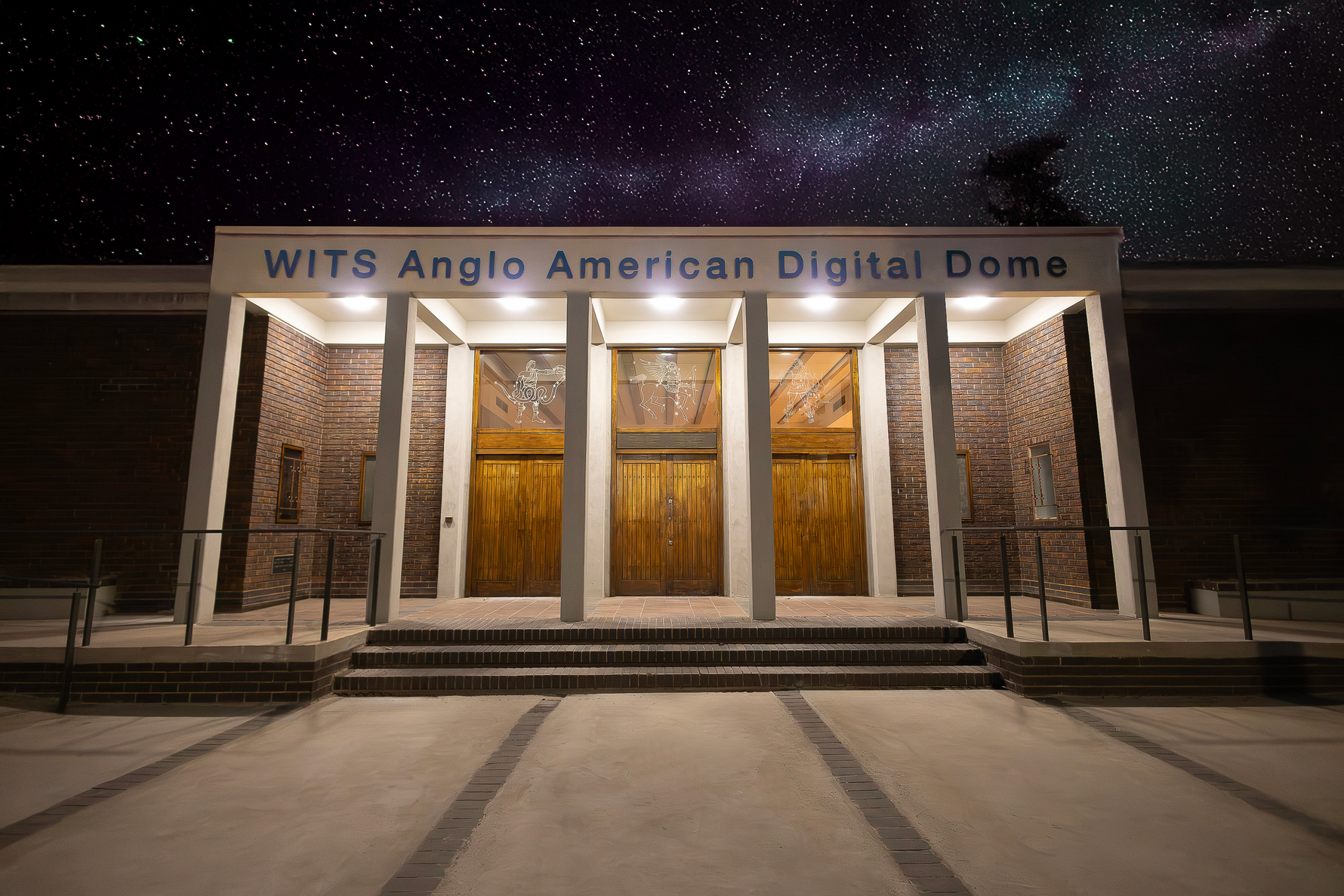
HOUSE RULES
The Digital Dome doesn't admit children younger than five, and minors must be accompanied by an adult. Food, sweets, and drinks are not permitted in the auditorium.
OPERATING HOURS
From Mon – Fri, the Digital Dome is open for school shows. The cost is R30 per pupil. Email constant.volschenk@wits.ac.za.
Public shows are on Fri at 19:00, and Sat at 10:00 and 12:30. The cost is R70 per adult, R40 per child, and R40 per pensioner. The programme rotates every two months. Book tickets here.
ADDRESS
The Digital Dome on Wits' East Campus in Braamfontein can be accessed either via Yale Road or Empire Road.
Visit digitaldome.wits.ac.za for more information.


_m.jpg)
_m.jpg)
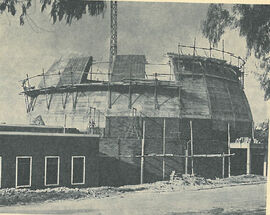


Comments